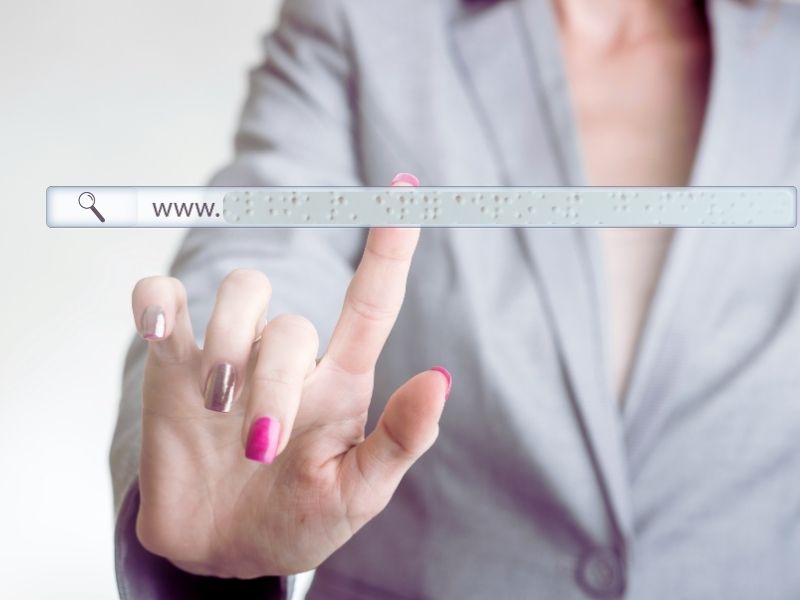
24
Accessibility in Art and Design
Art has the power to inspire, evoke emotions, and transcend boundaries. In today’s digital age, it’s essential that art is accessible to everyone, including individuals with disabilities. This article explores the significance of creating web art that is inclusive and provides tips and best practices for achieving accessibility.
The Importance of Accessibility
- Art for All: Accessibility ensures that everyone, regardless of their physical or cognitive abilities, can enjoy and engage with art. It promotes inclusivity and equal access to cultural and creative experiences.
- Legal Requirements: Many countries have laws and regulations, such as the Americans with Disabilities Act (ADA) in the United States, that mandate accessibility for websites. Non-compliance can lead to legal issues.
- Wider Audience: By making your web art accessible, you open your work to a broader audience, including individuals who rely on assistive technologies like screen readers or voice commands.
Tips for Creating Accessible Web Art
- Alt Text: Always provide descriptive alt text for images. This text is read aloud by screen readers and helps visually impaired users understand the content.
- Contrast: Ensure sufficient contrast between text and background colors to improve readability, especially for those with visual impairments.
- Keyboard Navigation: Test your web art using only a keyboard for navigation. Ensure that all interactive elements are accessible and usable with keyboard commands.
Best Practices
- Semantic HTML: Use semantic HTML elements appropriately to structure your content. Headings, lists, and landmarks like headers and footers should be marked up correctly.
- Aria Roles: Familiarize yourself with ARIA (Accessible Rich Internet Applications) roles and use them to enhance the accessibility of interactive elements like buttons and menus.
- Testing: Regularly test your web art with accessibility tools and invite individuals with disabilities to provide feedback. Continuous testing is crucial for improvement.
- Educate Yourself: Stay updated on accessibility guidelines and best practices. The Web Content Accessibility Guidelines (WCAG) are a valuable resource.
Accessibility in art and design is not only a legal requirement but also a moral and creative imperative. It ensures that the beauty and significance of art can be experienced by everyone, regardless of their abilities. By following these tips and best practices, artists can create web art that is inclusive, impactful, and enriching for all viewers.
